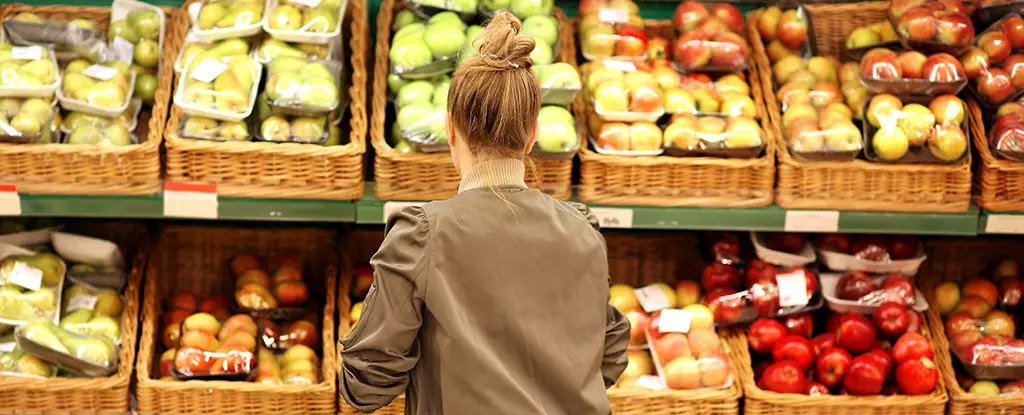Fresh produce is rich in vital nutrients and plays a crucial role in maintaining a healthy diet. However, one of the biggest challenges when it comes to fresh produce is keeping it from spoiling quickly. The biological processes that continue even after harvesting, such as respiration, make produce susceptible to decay. Additionally, the presence of various microbes, including harmful pathogens, further accelerates the spoilage process.
Bruised, wounded, or damaged produce is more prone to deterioration and nutrient loss. Moisture loss through damaged skin not only speeds up decay but also makes it easier for spoilage microbes to enter the produce. While washing produce before storing is not necessary, washing it just before use is crucial to remove dirt and pathogenic bugs. It is essential to avoid using vinegar or baking soda in the washing water, as studies have shown that they have minimal effect on lowering microbial loads on fresh produce.
Proper packaging and storage play a significant role in managing moisture loss, decay, and ripening of produce. Different types of produce require different storage conditions. For example, bananas, onions, and potatoes are best stored in a dark pantry or cupboard, while leafy greens and certain fruits thrive in the low-humidity drawer of the fridge. It is important to avoid storing certain fruits together, as they can release ethylene gas that accelerates ripening and spoilage.
To extend the shelf life of produce, consider processing them into forms that can be stored for longer periods. Freezing, blanching, fermentation, and canning are effective methods for preserving vegetables. Vacuum sealing can also help extend the freshness of produce, such as beans, by keeping them airtight. By processing produce for storage, you can prevent wastage and ensure that your fruits and vegetables remain fresh for longer.
Social media is a treasure trove of storage tips and hacks for keeping produce fresh. By trying out different storage methods and hacks, you can find the ones that work best for you. Organize your fridge in a way that allows you to see the produce easily and use it before it loses freshness. Turning your kitchen into a laboratory for storage experiments can be a fun way to discover new techniques and involve your family in reducing food waste.
While not everyone has the space or resources to grow their own produce, cultivating herbs in pots or growing microgreens can be a practical way to ensure a fresh supply of herbs and greens. By growing your own produce, you can harvest what you need when you need it, reducing the risk of wastage. Additionally, involving your family in growing herbs or microgreens can be a rewarding way to teach them about the importance of sustainability and reducing food waste.
Maximizing the freshness of produce requires a combination of proper handling, storage, processing, and experimentation with different storage methods. By following these tips and being mindful of how you care for your produce, you can reduce food waste, save money, and enjoy a diet rich in fresh fruits and vegetables.


Leave a Reply